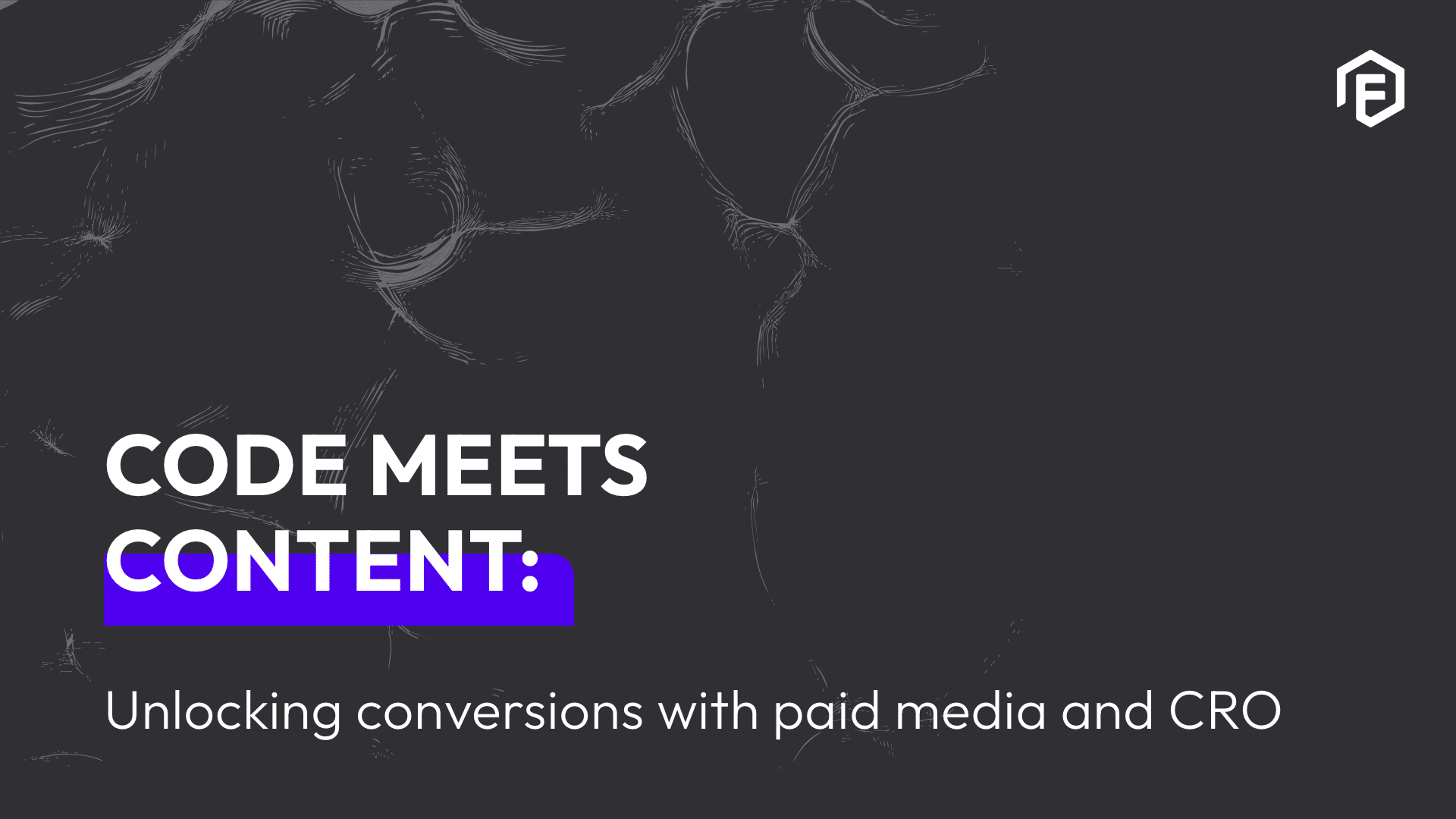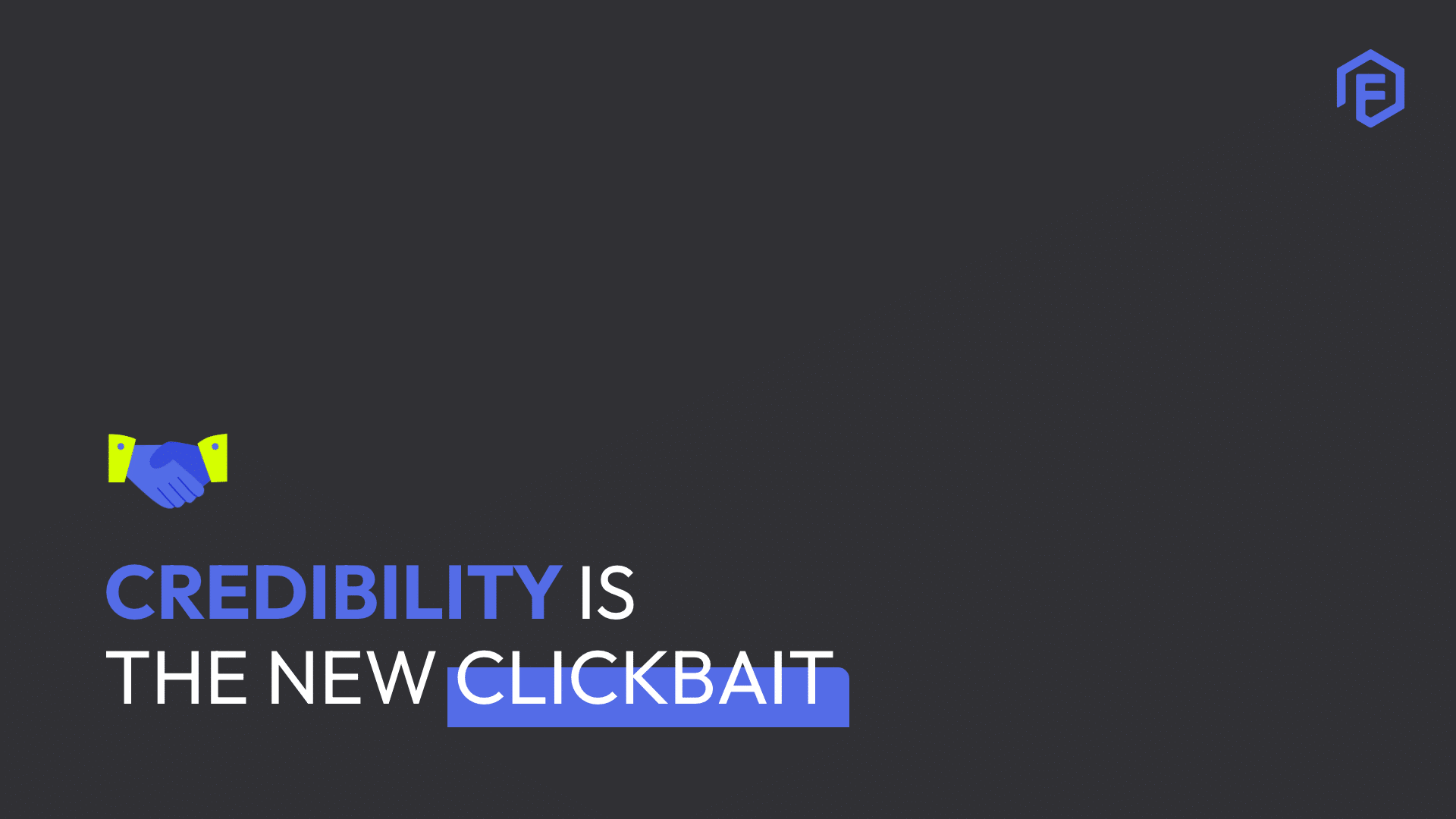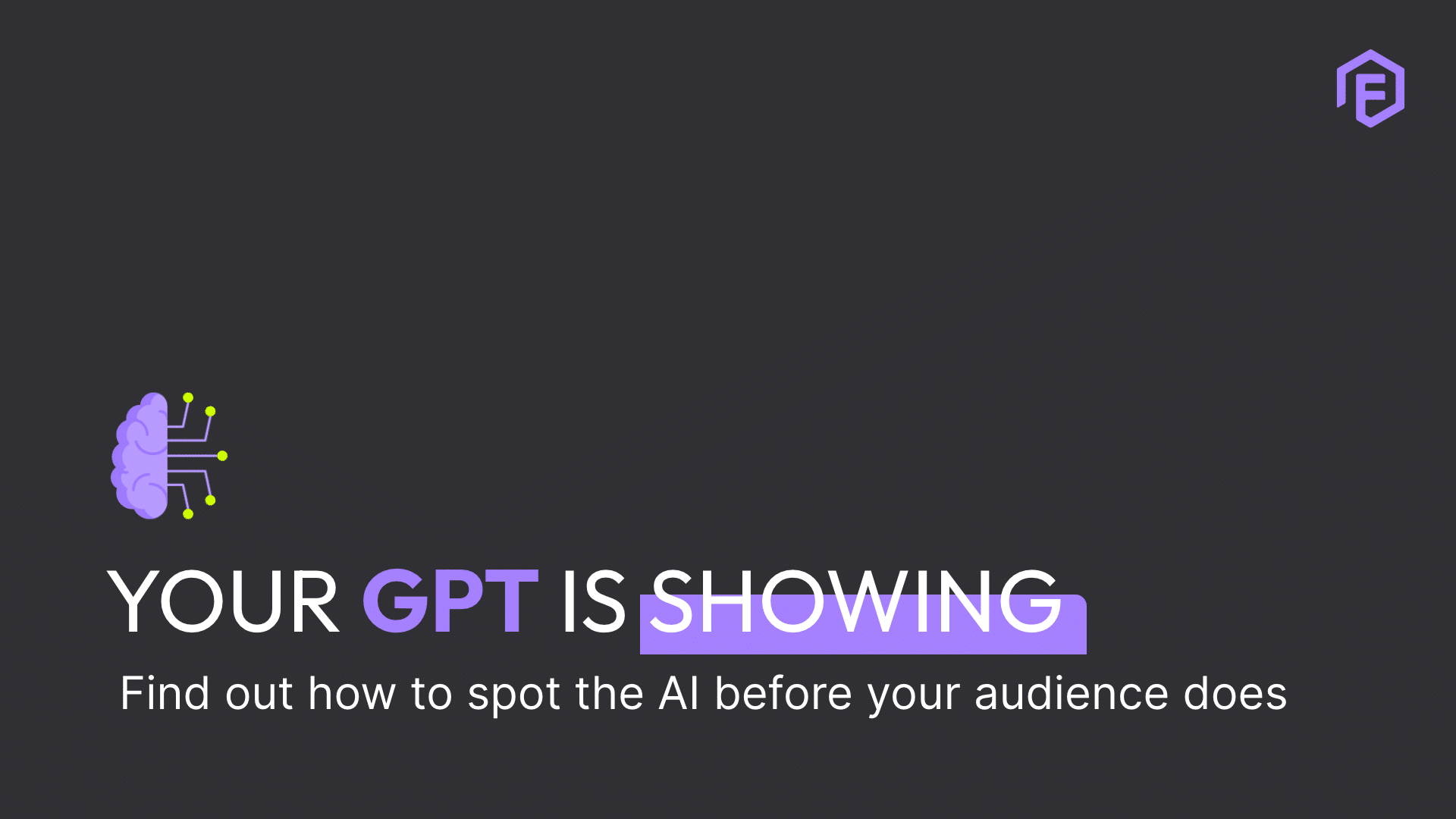Over the course of the last decade, Search Engine Optimisation (SEO) has transformed into what I would consider an adaptive art. In its infancy, SEO emphasised the use of singular keywords, content created for search engines, spammy links and keyword stuffing.
But since its inception, SEO has evolved and transformed into a scientific art, supported by rapid change in organic search trends and spontaneous Google Algorithm updates. And with each update, SEO efforts have needed to be more geared toward leveraging and improving elements of user experience (UX) to provide more user-centred results.
I know what you’re thinking: SEO and UX are two independent practices with opposing approaches to problem-solving. SEO specialists optimise websites with the aim of gaining higher website rankings on search engine results pages while UX designers work to optimise websites to create great experiences for the end user.
Find out more about online design and user experience here.
But have you considered that they share the same goal? Identify the problem a user is experiencing and find a way to solve it. This shared goal has become more evident in the overlap between certain elements found in both practices which allow them to work in unison:
1. Search Intent
An increasingly crucial aspect in both the SEO and UX landscape is search intent, also known as user intent. It is a search user’s main goal – the why behind their query; why did they make the search? Are they looking for a solution to a problem?
It is better understood by the concept: Do-Know-Go, which plays a role in the type of results delivered to searchers.
Transactional (Do)
The searcher wants to convert and knows where they want to do it. However, this intent is not limited strictly to purchases – these users also look to complete actions.
Informational (Know)
The searcher wants to know something. They have a specific question which they want answered, and often want to learn something or to conduct research.
Navigational (Go)
Typically associated with branded queries. The searcher has a specific website in mind and is simply using a query to navigate to the relevant site.
Once you understand the search intent behind the query, you will be able to craft content that answers the intent. Content delivery goes far beyond text: users want to be engaged and by using snippets, visual elements, podcasts and presentations, you may just set yourself apart from your competitors.
2. Clicks
You’ve understood the intent behind the search query, you’ve created engaging, relevant content and you are gaining ranking. But are you earning the clicks?
A common SEO misconception is that it’s all about rankings. The truth is that, while clicks are important, they mean nothing if the search listing doesn’t capture a search user’s attention.
So, how do we capture a search user’s attention at the search engine level? Using encouraging language that gives searchers more of a reason to click your result. Using this tactic is more likely to improve click-through rates while decreasing bounce rates.
Title Tags
Pay attention to your title tags, use language that matches the query, provide extra information to entice searchers to click your link.
URLs
Ensure that your URLs are structured in a way that signals the relevance of your result, adds value to the search user’s journey and matches their intent.
Meta Descriptions
Use your meta description to reinforce and expand on your title tags. The emphasis here is on added value; answer their query, address a need and use their language.
3. Page Speed
Although page speed has long been a ranking factor for Google search, the introduction of mobile-first indexing has meant that page speed coupled with mobile responsiveness greatly impacts a website’s ranking ability.
Not only does page speed impact a website’s rank ability but pages with longer load times have been shown to negatively impact conversions, increase bounce rate and lower average session duration. I’ll be honest, I don’t like waiting, and this is true for most people, including your website visitors. However, by improving your page and overall site speed, you’ll promote both better search rankings and user experiences.
With that being said, mapping out the finer details allowing you to create fast-loading, responsive pages is beyond the scope of this article and truly deserves an article of its own.
But keep this in mind: having a good server, cleaning up your code and compressing your images could be of significant benefit when it comes to page and site speed.
4. Navigation and Site Structure
Navigation is a topic that has been heavily discussed and debated for some time now, and for good reason. Website structure plays an integral role in both user experience and search engine optimisation efforts, because of its overarching impact on the success of both.
One thing to keep in mind is that many visitors will not enter a website site through the home page, but will rather be led directly to a specific page found within the website. This means that your website should be easy for both the end user and search engine crawlers to navigate.
Your website’s navigation should not be a game of hide-and-seek or a maze leading to a dead-end. Website structure and navigation should be clean, simple and easy to follow. Simply put, it should be usable. What does great usability look like?
Great usability leverages clean and consistent navigational structures and headings across the website. It provides engaging and useful content, tailored to improve user readability and understanding, and has the potential to increase sitelink appearances, taking over more real estate on search engine results pages.
So, what do these elements have to do with closing the gap between SEO and UX? Beneath the surface, the fundamental principles of SEO and UX are intrinsically linked. We see this when the two work in tandem: outcomes are more successful, better optimised and more user-centric.
One thing is clear – the future of search is in the user, and perhaps User Search Experience (USX) is a more appropriate descriptor for what we currently refer to as SEO, and is potentially the next step in leveraging and closing the gap between SEO and UX.
Find out more about what makes good UX design here.
Here at Flume, our clients come first. We offer various services, including web, app, platform production, SEO, Data Analytics, digital strategy, creative production, and publishing. Whether you need to revamp your website or create engaging social media content, Flume has the expertise to make it happen. So why wait? Contact us today to learn how Flume can help your business thrive in the digital world!




